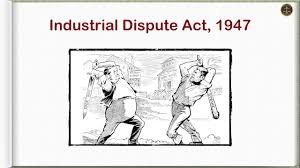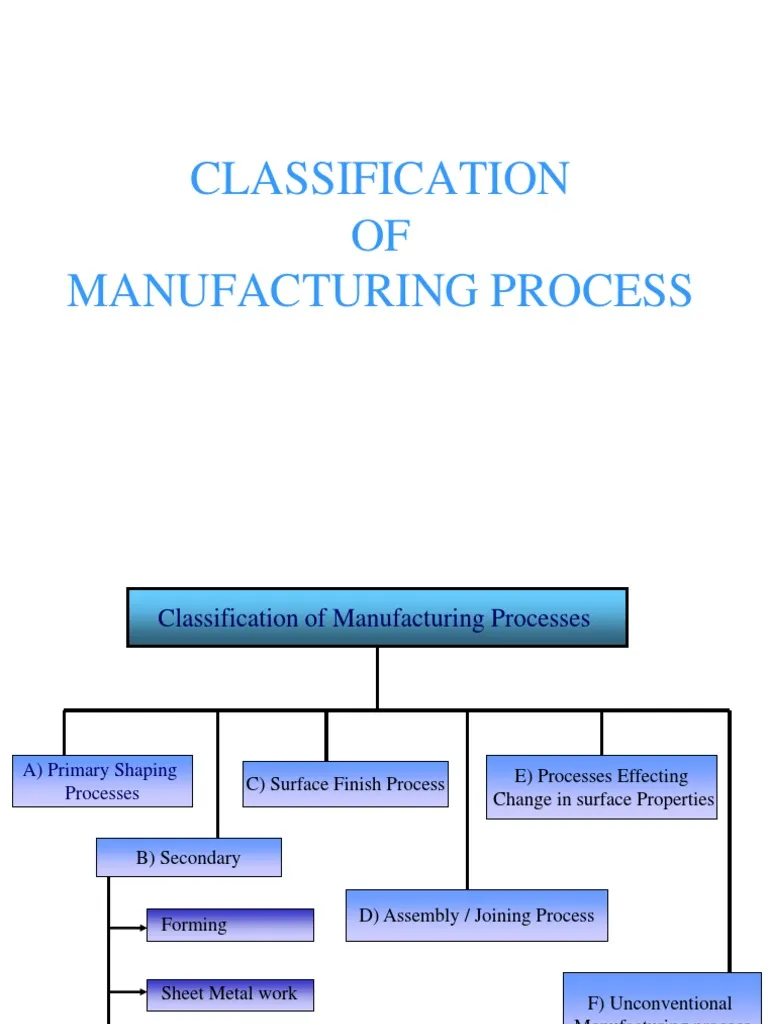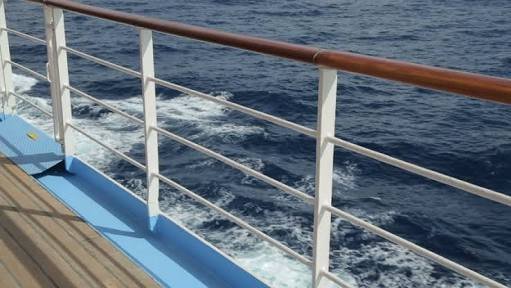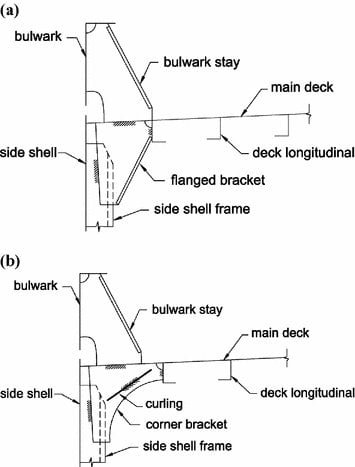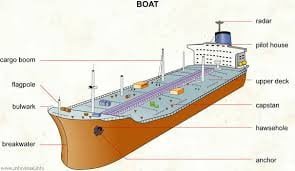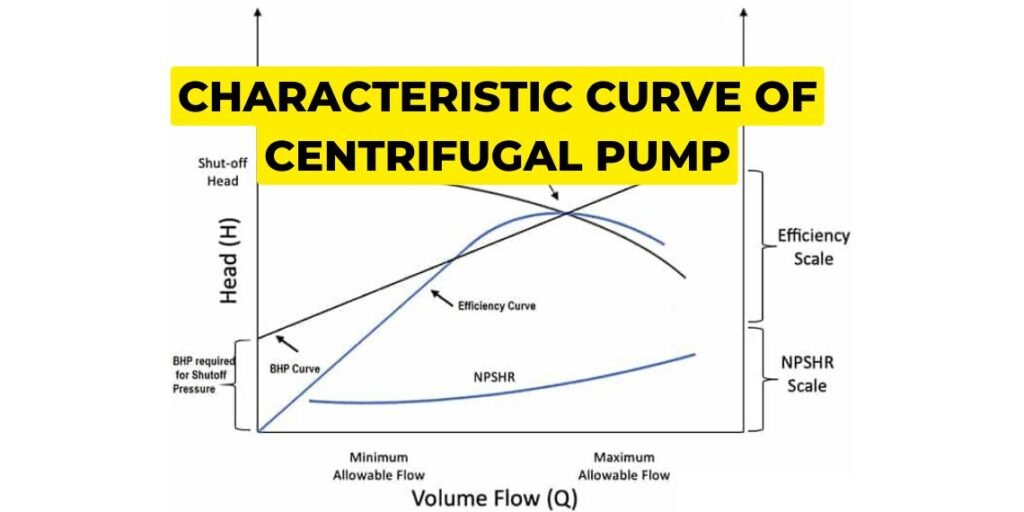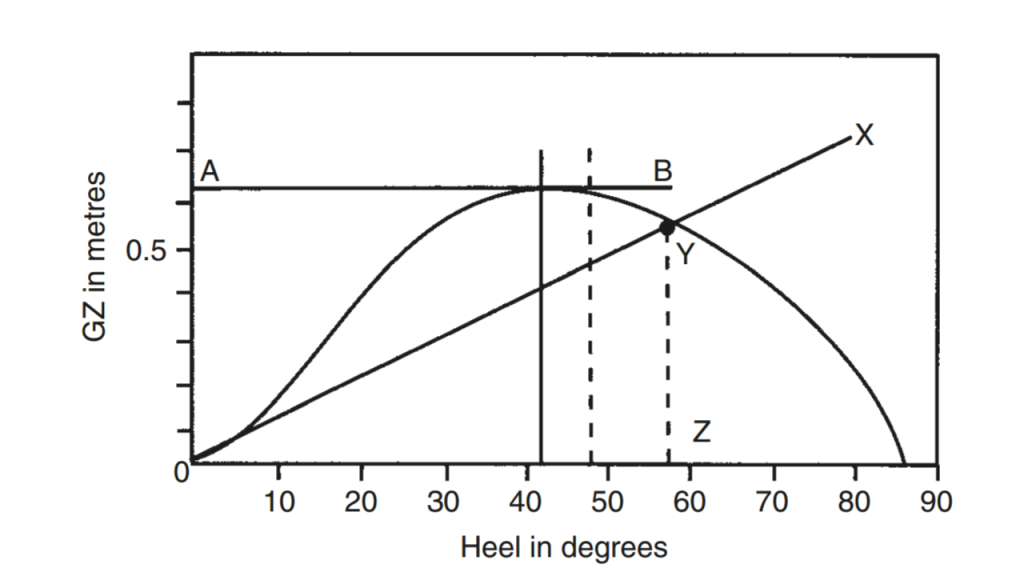What is Constrained Motion ?
A constrained motion is a motion of any object which occurs when an object is forced to move in a restricted way.
Or, we can say, The motion which can’t proceed arbitrarily in any manner is called constrained motion.
In simple language, It is the motion which we want to occur or Simply the required motion is called Constrained motion.
For example, suppose we want a straight line motion from a car but the car moves on curved path and we control it and forcefully moved in straight line.
The straight line motion of a car is constrained motion.
Example of Constraints motion
- The motion of a gas molecule in a spherical container.
- A particle moving down a rough or smooth inclined plane,
- A particle sliding down a curve under gravity,
- The motion of rigid body as distance between any two particles remains constant.
- Bicycling is the best example. There the input is the couple produced due to the bicycling. The output is the rotation of a back wheel.
- Motion of point mass of simple pendulum is constrained as it always remains at a fixed distance from point of suspension.
- A particle tied to one end of a string and made to move in a particular way.
- The motion of beads of an abacus is constrained in one dimension by the supporting wires.
- Motion of a particle moving on the surface of sphere is restricted as it can move either on the surface or outside the surface of sphere.
What is Constraints ?
When an object is forced to move along a particularly given path under the action of external impressed forces. The restrictions act on the motion or position or both of a system of an objects are known as constraints. Constraints limit the motion of an object.
What is Constraints Force ?
Constraint forces are the forces that the constraining object applies to the object in order for it to follow the movement constraints. Constraint Forces are the forces that the constraining object exerts on the object to make it follow the motional constraints.
The motion of an object is limited by constraint forces. Constrained motion is defined as a speed that cannot move arbitrarily in any direction or the motion that we want to occur, or simply the required motion. For example, if we want circular motion from a fan as an output and it moves circularly, we have constrained motion.
TYPES OF CONSTRAINED MOTION
1. Completely Constrained Motion
When the motion between two elements of a pair is in a definite direction irrespective of the direction of the force applied, it is known as completely constrained motion. The constrained motion may be linear or rotary. The sliding pair of Fig. 1.3(a) and the turning pair of Fig. 1.3(b) are the examples of the completely constrained motion. In sliding pair, the inner prism can only slide inside the hollow prism. In case of a turning pair, the inner shaft applied in a can have only rotary motion due to collars at the ends. In each case the force has to particular direction for the required motion.
For example :- In a steam engine, the piston and cylinder form a pair, and the piston’s motion is limited to a specific direction, i.e., it will only reciprocate relative to the cylinder regardless of the direction of the crank.
Some more examples :-
- The motion of a square bar in a square hole
- The motion of a shaft with a collar at each end in a circular hole.
2. Incompletely Constrained Motion
When the motion between two elements of a pair is possible in more than one direction and depends upon the direction of the force applied, it is known as incompletely constrained motion. For example, if the turning pair of Fig. 1.4 does not have collars, the inner shaft may have sliding or rotary motion depending upon the direction of the force applied. Each motion is independent of the other.
For example :- A circular strip or shaft in a circular hole is an example of an incomplete constrained motion because it can rotate or slide in the hole. Both motions are unrelated.
3. Successfully Constrained Motion
When the motion between two elements of a pair is possible in more than one direction but is made to have motion only in one direction by using some external means, it is a successfully constrained motion.
For Footstep bearing example, a shaft in a footstep bearing may have vertical motion apart from rotary motion (Fig. 1.5). But due to load applied on the shaft it is constrained to move in Mechanisms and Machines that direction and thus is a successfully constrained motion.
Similarly, a piston in a cylinder of an internal combustion engine is made to have only reciprocating motion and no rotary motion due to constrain of the piston pin. Also, the valve of an IC engine is kept on the seat by the force of a spring and thus has successfully constrained motion.
For example :- motion of shaft
When a compressive load is applied to the shaft, the motion of the shaft in a footstep bearing is successfully constrained. The shaft can move upward or rotate in a bearing. This is an example of a motion that is only partially constrained. When a load is applied to the shaft, however, it is prevented from moving axially upward. Successfully constrained motion refers to the movement of two people.
Some more examples :-
- The motion of an I.C. engine valve, these are kept on their seat by a spring
- The piston reciprocating inside an engine cylinder
- Shaft in a footstep bearing
Frequently Asked questions ( FAQ )
What is Constrained Motion ?
Constrained motion are motion which occurs when an object is forced to move in a specific manner. It may have to move along a curved track, slide on a table that may accelerate upwards, maintain contact with an accelerating wedge, and so on.
What is successfully Constrained Motion ?
When the motion between the elements forming a pair is such that the constrained motion is completed by some other means rather than by itself, the motion is said to be successfully constrained.
What is completely Constrained Motion ?
When a pair’s motion is limited to a definite direction regardless of the direction of force applied, the motion is said to be completely constrained.
What is incompletely Constrained Motion ?
When a pair’s motion can occur in more than one direction. It is referred to as “incompletely constrained motions.” A change in the direction of the affected force can change the direction of relative motion between the pair.
What is the difference between Constrained and Unconstrained?
Unconstrained simply means that the choice variable can take on any value—there are no restrictions. Constrained means that the choice variable can only take on certain values within a larger range.
These were the details of Constrained Motion and its types. We also covered the definitions of various terms associated with it. Hope you like the article. Please give your feedback in the comment below.
Check Out Other Important Topics
Foundry Tools And Equipment – List, Names & Images
Sand Testing Methods – Full Process
Types of Casting Defects – Complete Overview


